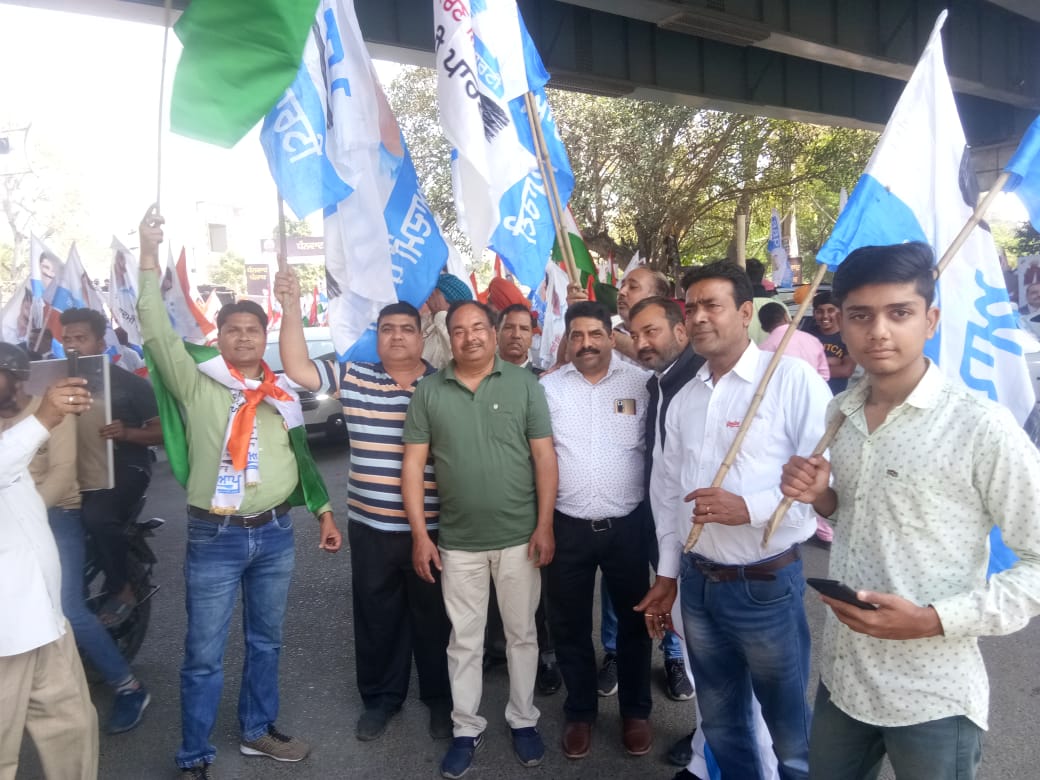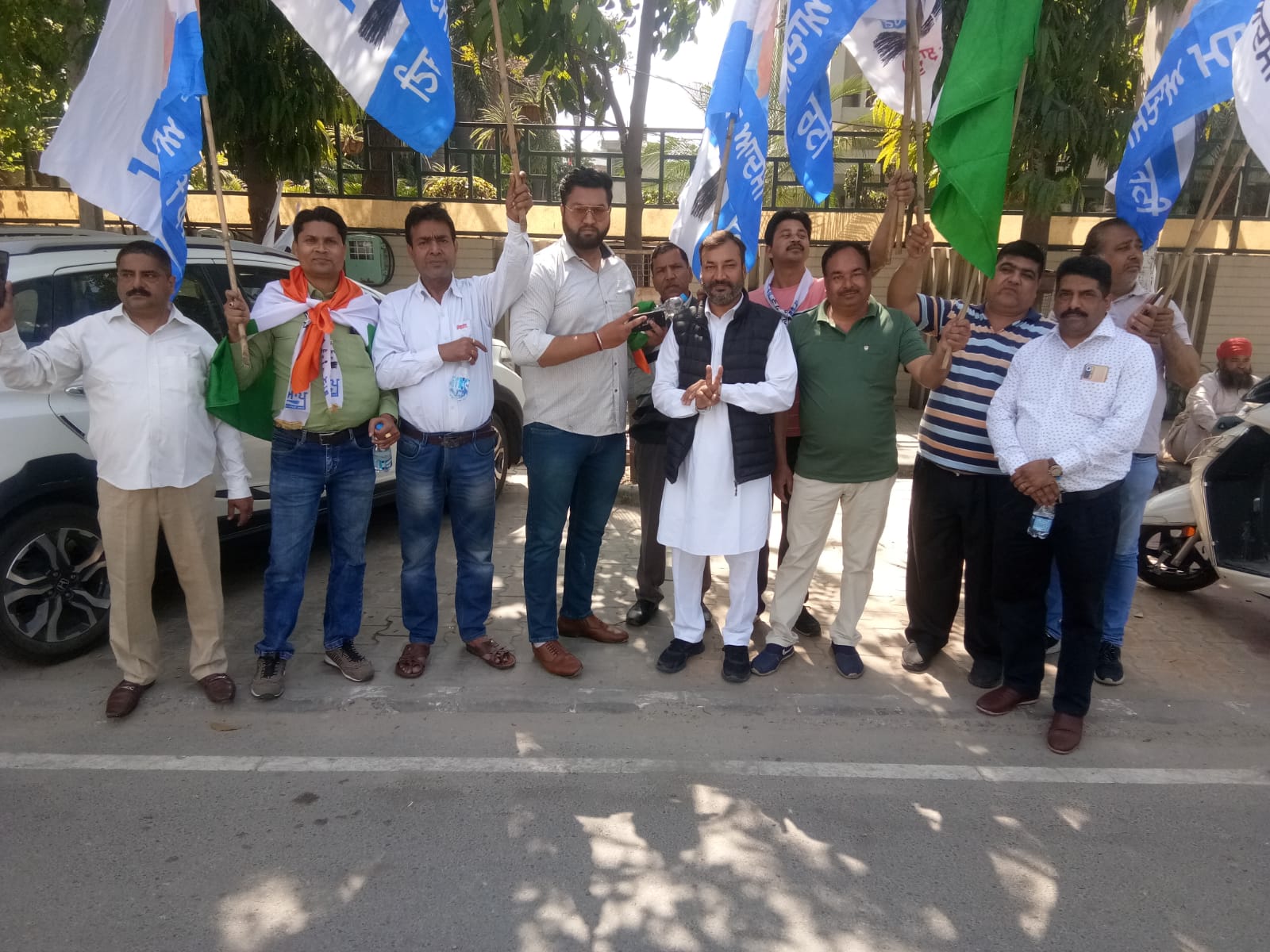
In a historic turn of events, the Aam Aadmi Party (AAP) has secured a resounding victory in the Punjab Assembly elections. The triumph not only marks a significant milestone for AAP but also signals a paradigm shift in the political landscape of the state. This article delves into the factors contributing to AAP's success, the implications of the victory, and the challenges the party may face in fulfilling the aspirations of the people of Punjab.
Factors Contributing to AAP's Success
1. **Anti-Incumbency Sentiment:** The AAP victory in Punjab can be attributed, in part, to the prevailing anti-incumbency sentiment against the previous government. Dissatisfaction with existing political entities created an opening for AAP to position itself as a fresh and alternative choice.
2. **Focus on Local Issues:** AAP's success lies in its ability to address and prioritize local issues affecting the everyday lives of the people of Punjab. The party's emphasis on healthcare, education, agriculture, and employment resonated with voters, showcasing a commitment to grassroots governance.
3. **Leadership and Campaign Strategy:** Arvind Kejriwal's leadership and the strategic campaign approach played a pivotal role. The party effectively utilized social media, public rallies, and door-to-door campaigns to connect with voters, presenting a strong narrative of change and development.
Implications of AAP's Victory
1. **Governance Reforms:** With its track record in Delhi, where AAP implemented innovative governance models, Punjab can expect similar reforms. The party's focus on transparent and accountable governance may lead to positive changes in administrative practices.
2. **Policy Shifts:** AAP's victory is likely to bring about policy shifts in areas such as agriculture, healthcare, and education. The party's commitment to addressing the concerns of farmers, improving healthcare infrastructure, and enhancing the quality of education aligns with the aspirations of the people.
3. ** Political Landscape:** AAP's success in Punjab elevates its status on the national political stage. It may embolden the party to expand its footprint in other states, challenging established political players and contributing to a more competitive multi-party system.
Challenges Ahead for AAP
1. **Implementation Hurdles:** Transforming electoral promises into actionable policies poses a considerable challenge. AAP will need to navigate administrative complexities and overcome potential hurdles in implementing its agenda effectively.
2. **Managing Expectations:** The expectations of the electorate are high following the electoral mandate. AAP will need to manage these expectations judiciously, balancing swift action with the practicalities of governance.
3. **Building on the Momentum:** Maintaining the momentum gained from the victory will be crucial. AAP must sustain its connect with the people, continuously address their concerns, and work towards building a positive and enduring image.
Conclusion
The Aam Aadmi Party's victory in the Punjab Assembly elections marks a turning point in the state's political history. With a clear mandate and a platform rooted in local issues, AAP has the opportunity to usher in a new era of governance. As the party assumes the responsibility of leading Punjab, the real test lies in its ability to translate promises into action, navigate challenges, and fulfill the aspirations of the people who have entrusted it with their votes. The impact of AAP's success in Punjab will not only be felt within the state but will reverberate across the national political spectrum, shaping the discourse on governance and leadership.





















